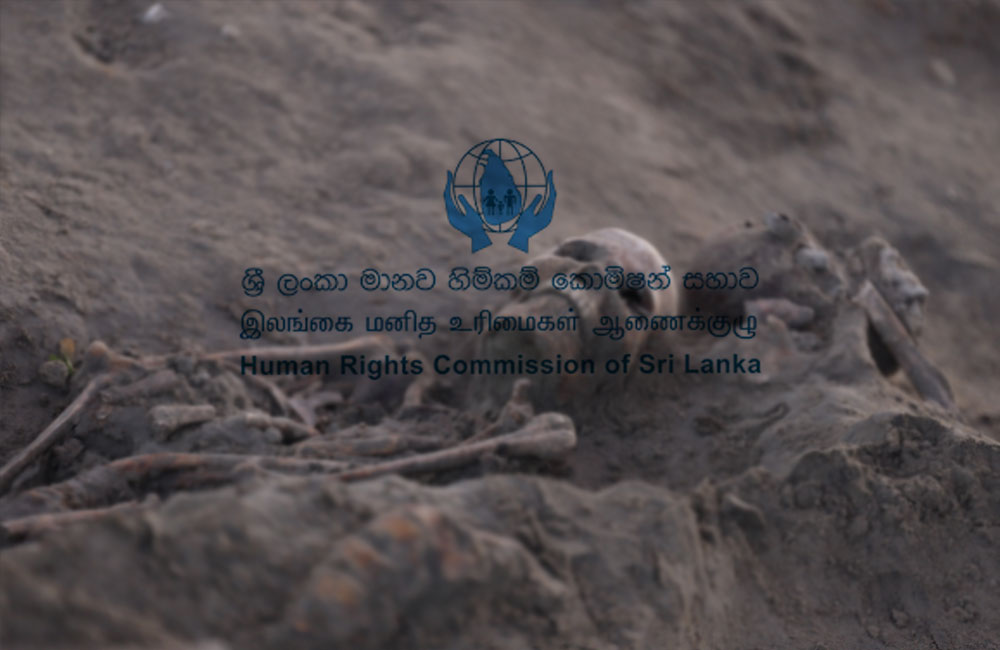The Human Rights Commission of Sri Lanka (HRCSL) has raised alarm over serious procedural and institutional shortcomings in the ongoing investigation into the Chemmani mass grave in Jaffna, where over 200 human remains have so far been uncovered.
Following a fact-finding mission on 3–4 August 2025, the HRCSL released a detailed report on 3 September, outlining troubling findings — including allegations of intimidation by police, inadequate forensic capacity, and significant funding gaps — that may be impeding justice in what appears to be one of the country's most sensitive post-war investigations.
Indications of extrajudicial killings
The report reveals that the positioning and condition of the skeletal remains — many buried in shallow ground, some in close proximity to each other, and 90% lacking any clothing — suggest unlawful burials likely linked to extrajudicial executions.
The site has been under investigation by the Jaffna Magistrate’s Court, supported by the Judicial Medical Officer, Criminal Investigation Department (CID), and archaeological experts. However, HRCSL says key constraints — including lack of bomb-pulse 14C carbon dating, DNA analysis facilities, and forensic anthropology expertise — risk undermining the integrity of the investigation.
CID intimidation
The Commission flagged intimidation by CID officers toward officials and workers at the site, which it warned could "prejudice the outcome" of the investigation. HRCSL further cited the summoning of journalist Kumanan Kanapathippillai by the Counter Terrorism and Investigation Division (CTID), which it said could have a chilling effect on press freedom, as the journalist was actively reporting on the case at the time.
The HRCSL recommends the creation of a permanent, independent body to investigate and prosecute serious crimes committed by state officials, including enforced disappearances and extrajudicial killings.
Urgent reforms
The HRCSL has called on several ministries, including Justice, Defence, Finance, and Higher Education, to take urgent steps — from securing international forensic expertise, to exempting VAT on imported lab equipment, and developing local capacity in forensic anthropology and archaeology.
Among its 16 recommendations, the Commission stressed the need for a Standard Operating Procedure (SOP) for future mass grave investigations, regular public updates, and the establishment of a DNA bank to help identify the victims.
The Chemmani mass grave was first brought to public attention in the late 1990s following revelations by Sri Lankan soldiers. The current investigation marks the most significant exhumation at the site since then.
As the investigation continues, the HRCSL's report underscores the urgent need for institutional accountability, professional independence, and international collaboration to ensure justice for the disappeared and their families — a long-standing demand in Sri Lanka’s post-war reconciliation process.
lankaleader.lk

Leave your comments
Login to post a comment
Post comment as a guest